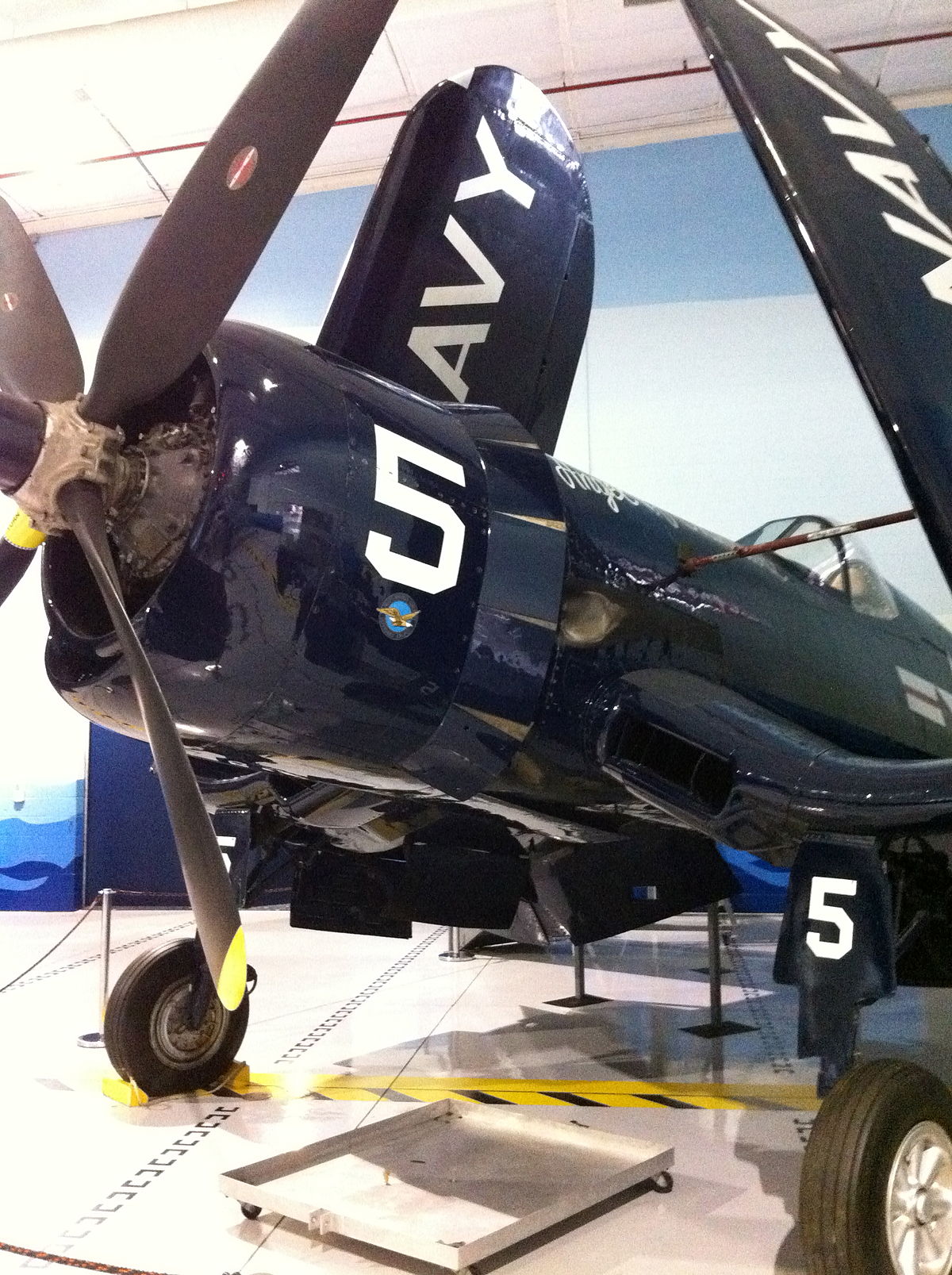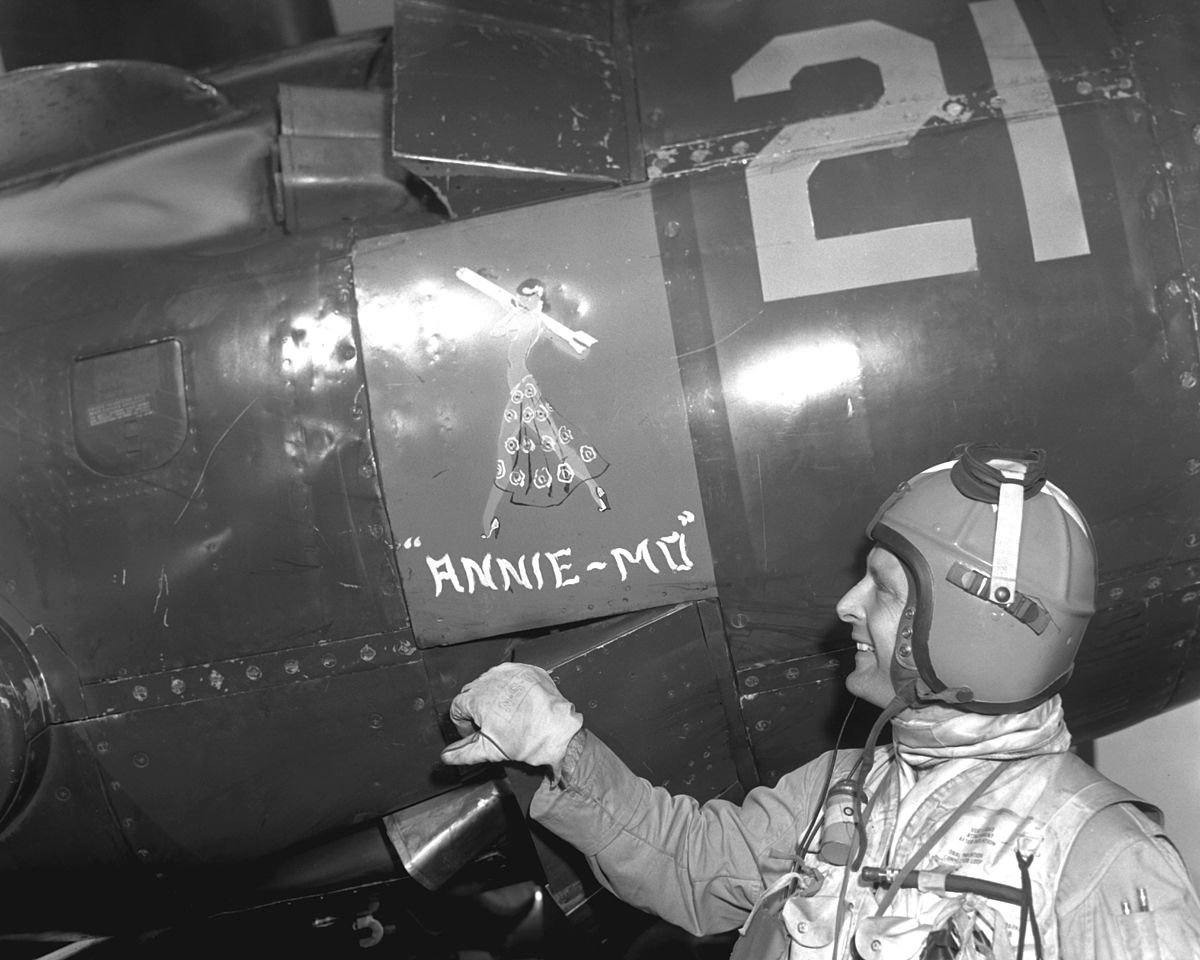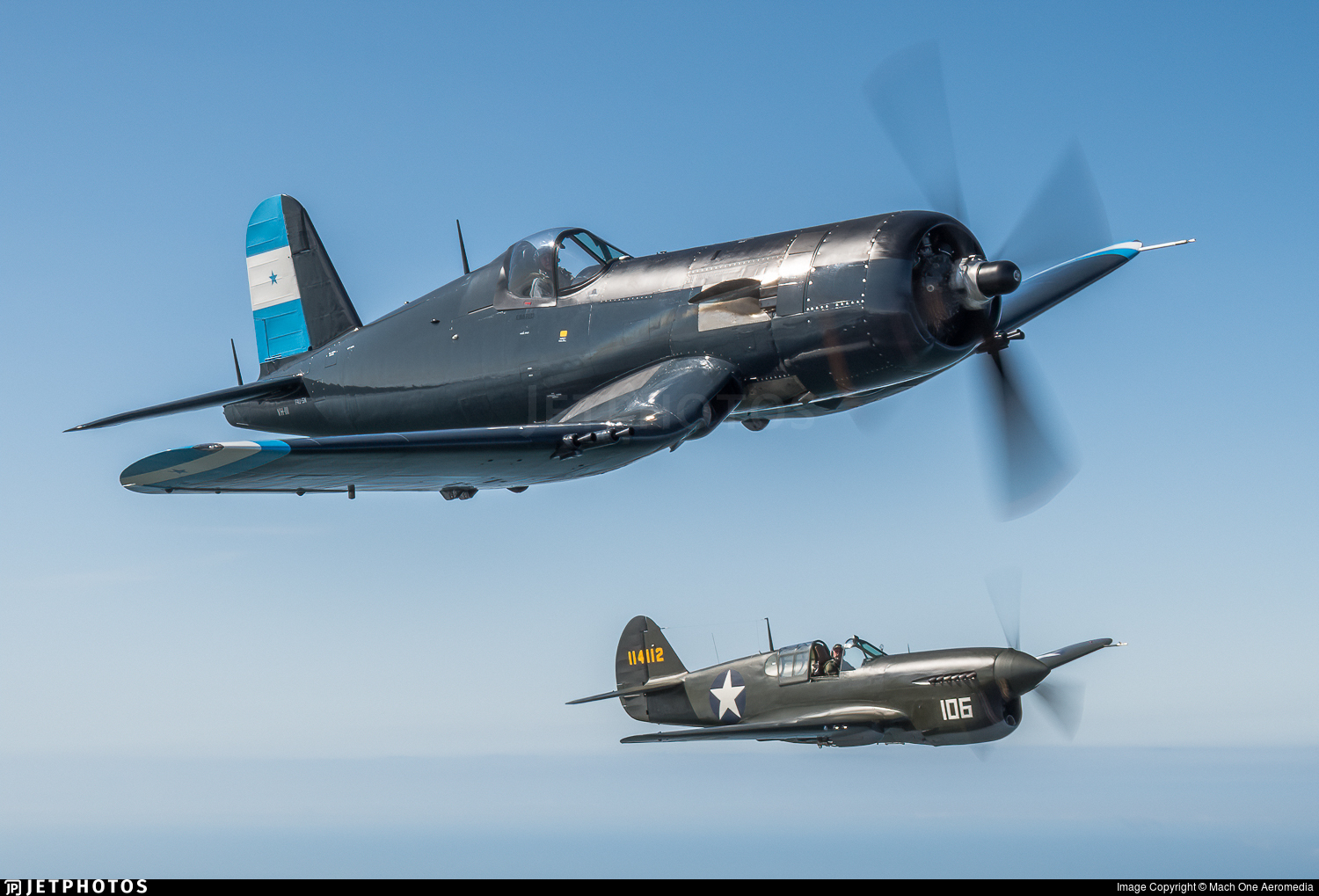Admiral Beez
Major
What is the best mass produced (for this thread we'll set that at over 500 units built) single-engine, piston-powered fighter that entered service between postwar 1945 and 1950. Contenders would include the Lavochkin La-9 and La-11, Hawker Sea Fury and Grumman F8F Bearcat (formally entered service during WW2, so some was argue to exclude).




